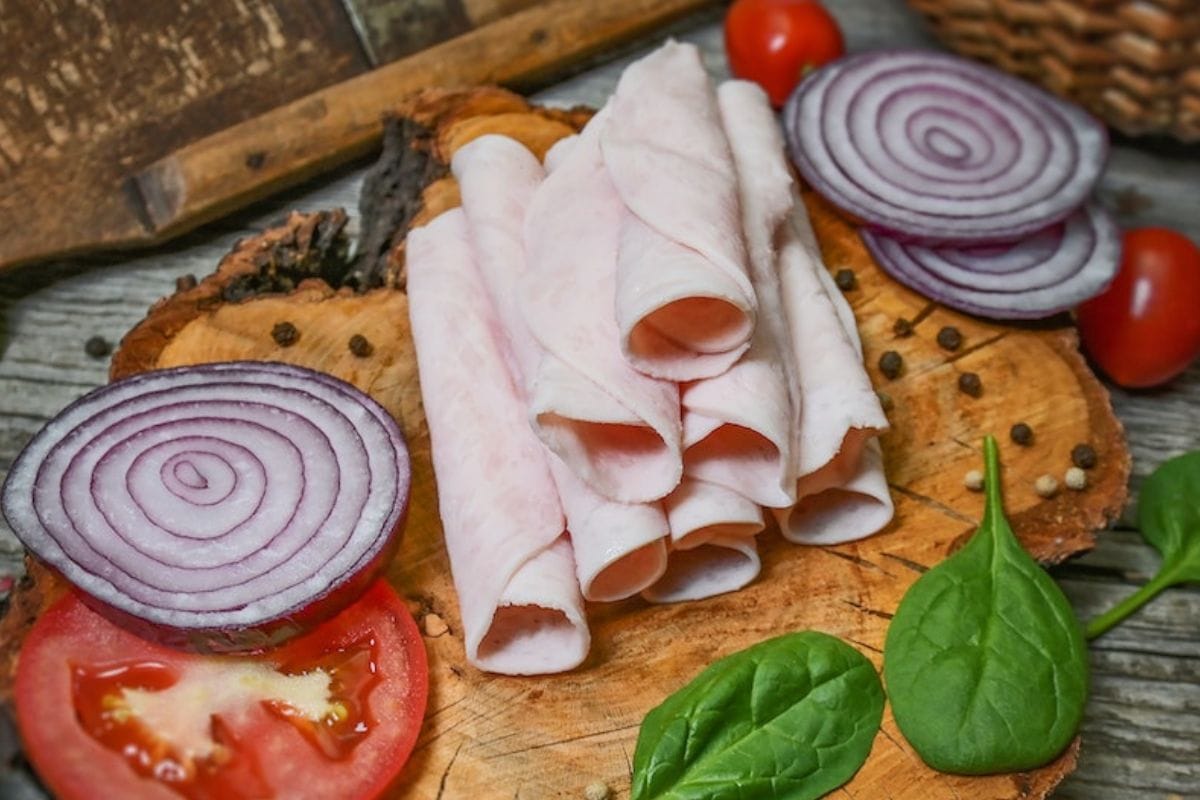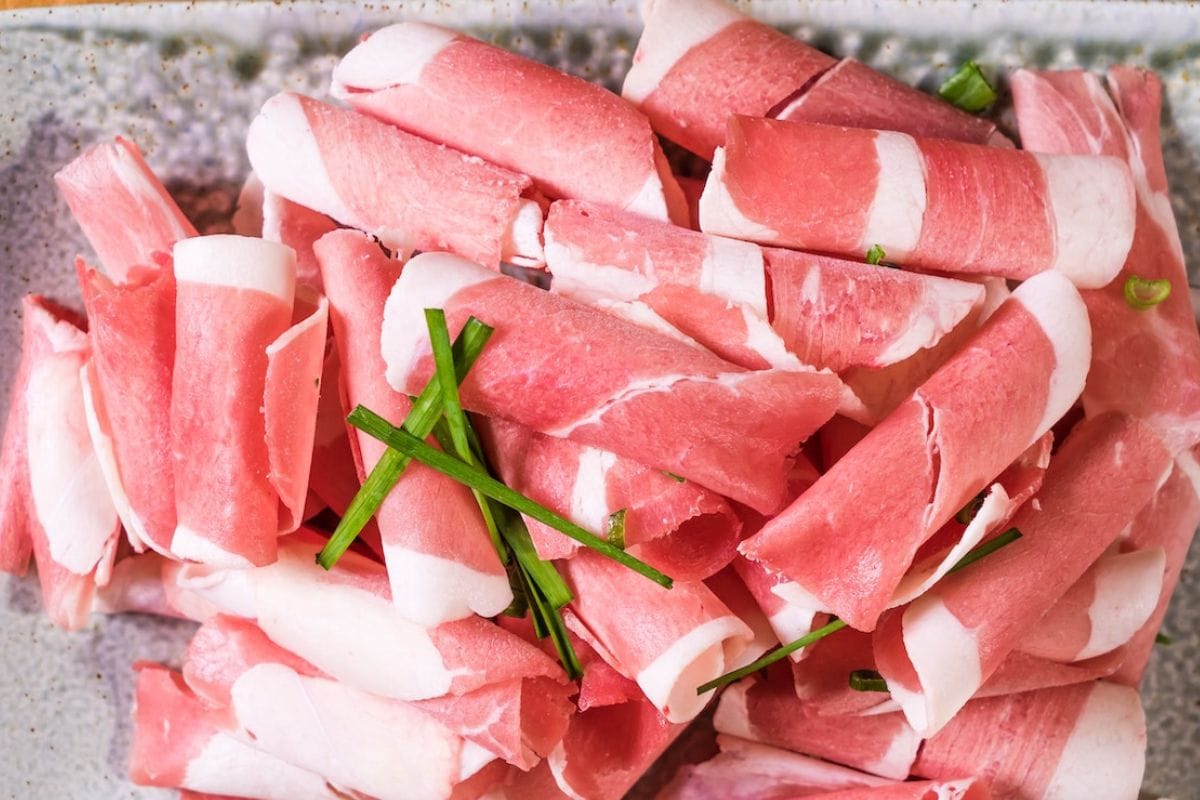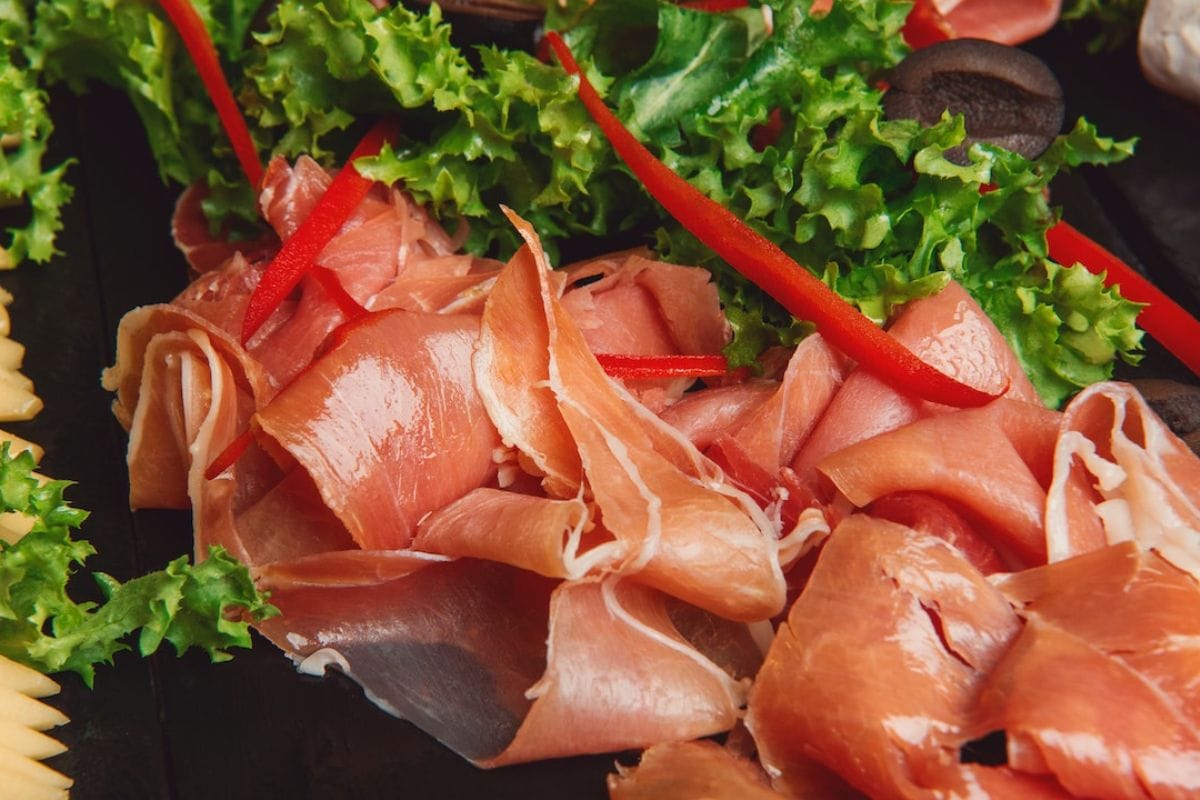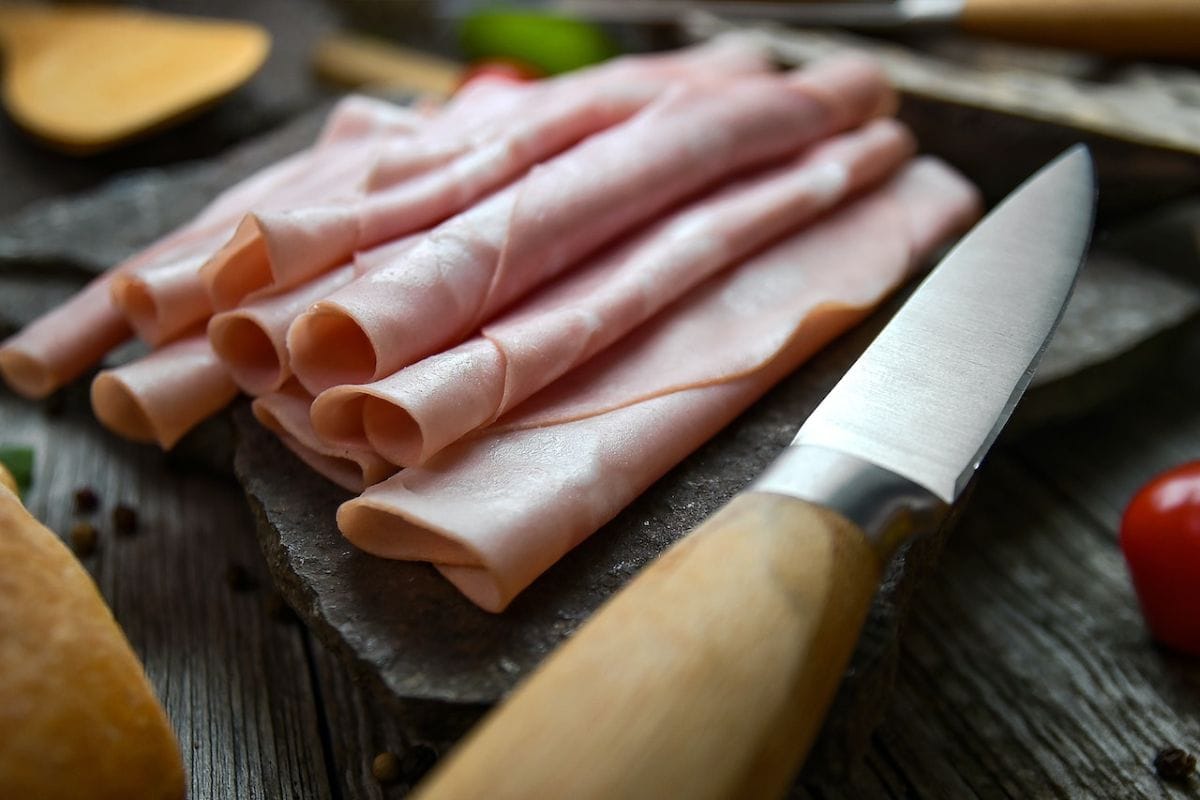You can thaw your delicious ham with a refrigerator, cooler, cold water, or microwave. These methods come with their pros and cons, and the option you choose will depend on how much time you have to thaw the meat and the materials at your disposal.
Generally, ham is sold frozen in stores because the temperature of the freezer ensures the meat can last for a long time while keeping bacteria away. In my cooking classes, I learned the best ways to handle frozen ham and how to thaw it for the tastiest results.
Over the years, I learned and applied more useful tips from my experiences and created processes that consistently worked well for me. Today, I’ll show you these effective ham thawing processes. Continue reading to learn more about the four best ways to thaw ham and the ways you shouldn’t thaw this tasty piece of pork.

Defrosting ham can be a painstaking process. But if you follow the appropriate steps, you’ll love the outcome. Here are the four best ways you can thaw frozen ham and get tasty results.
Thawing ham in the refrigerator takes the most time, but it ensures the meat defrosts evenly. Keep in mind that wrapping your uncooked ham will prevent your fridge from smelling like salted pork and will prevent other food odors from penetrating your ham. This method also works well when thawing leftover ham.
Take the ham out of the freezer and put it in a deep bowl to collect water as the ham thaws. Remember to keep the ham wrapped in the original packaging or aluminum foil. In addition, slices of ham should be stored in an airtight bag while they defrost.
Place your ham in the refrigerator and let it sit for four to six hours per pound. The exact amount of time it takes to thaw frozen ham depends on its weight. Smaller hams thaw at about 4 hours per pound, while larger hams will thaw at 6 hours per pound.
Take your ham out of the fridge and start cooking. Use a carving knife to slice through the ham to see if it has completely thawed. The ham is thawed if the knife easily cuts through the meat. If the knife can’t cut through, the ham is probably still frozen. So, put the ham back into the refrigerator and leave it for two to ten hours, depending on how frozen it is.

Related Reading
You can thaw a frozen ham inside a cooler if your refrigerator isn’t big enough. This method is like the “cold water” method.
Put the ham in a cooler and set it in a cool spot. If you don’t want a mess, you can wrap the ham or keep it in its package.
Next, check the temperature inside the cooler at intervals. If the temperature starts to rise above 40 degrees, add ice packs to keep it at 35 to 40 degrees Fahrenheit. Remember that the higher the temperature, the more likely bacteria will grow on the meat.
So, it’s essential to thaw the meat in cold conditions of under 40 degrees. To check the temperature inside the cooler, simply insert the thermometer’s probe through the side of the cooler. You can set an alarm to notify you if the temperature rises above 40 degrees Fahrenheit.
Check the ham after an hour to get an idea of how much longer you need to let it thaw. Don’t forget to add more ice and remove it once it has entirely defrosted. Now, you’re ready to cook.

Thawing a piece of ham in cold tap water takes a bit more work, but it is far quicker than defrosting it in the refrigerator. If you have a large piece of ham, make sure you find a storage bag large enough to cover it.
First, remove your ham from the freezer, then take it out of the packaging. Then, open the top of a large plastic bag and put the ham in it. Bear in mind that you shouldn’t thaw ham using warm or hot water. If you do, the temperature of the meat’s outer layers may rise above 40 °F, which is the minimum temperature needed for harmful bacteria to grow on the surface.
Pick out a large pot that can contain the ham. Then, turn on your sink to its lowest temperature setting and place the pot underneath. If your tap doesn’t have this setting, use cold water from your fridge instead. Next, submerge the ham in a pot full of water. Note that the size of your ham will determine how long it takes to defrost. In this method, a pound of ham typically thaws in 30 minutes.
In time, the water will get warm. So, switch out the water every thirty minutes to keep it cold. Drain the warm water from the pot and replace it with cold water from your faucet or fridge.
Once your ham has properly thawed, remove it from the pot and try cutting it with a knife. If the meat has completely thawed, cook the ham immediately and enjoy. On the other hand, if the meat still looks frozen, place it back into the pot and leave it for more time.

If you need to thaw frozen ham quickly, use the defrost setting on your microwave. This isn’t the most thorough option because the heat will not easily permeate through the entire meat. As a result, the finished ham may be undercooked and overcooked in different parts. My advice would be to use this method on small, boneless hams since they will defrost more evenly.
Remove the ham’s wrap and place it on the plate or pan. Then, place the frozen ham in a microwave-safe dish that is large enough to contain the ham. Note that most medium and large hams can’t be defrosted this way because they may be too big for a regular microwave.
Afterward, defrost the ham in the microwave for 15 to 45 minutes. Turn on the appliance and set it to defrost. If your microwave doesn’t have this setting, simply set it to the lowest temperature.
Thicker cuts of ham may take up to 45 minutes to thaw. On the other hand, smaller pieces of ham defrost in around 15 minutes. Feel the ham every 5 to 10 minutes to check if it’s getting softer. If the meat is soft, take it out and cut it to confirm that it has completely thawed. If the meat is still frozen, pop it back into the microwave for a few more minutes and check on it periodically.
The ham should be cooked immediately once it has thawed, cook it right away. As some parts of the ham may be cooked in the microwave, cooking the ham for longer can help make this flavorful meat more palatable.

Firstly, you should not thaw a ham at room temperature. Why? The temperature may provide an accommodating surface for bacteria on the ham, starting with its outer layer. Therefore, I don’t recommend this method for food safety reasons.
Cooking frozen ham in a slow cooker is another bad idea. If there are bacteria on your ham, you aren’t just allowing them to survive; you are providing them with a warm environment to thrive.
Since the slow cooker’s mild heat usually takes too long to bring the ham up to a safe internal temperature of 145 degrees, using this method may make you or your guests sick after eating. So, stick to the four methods I’ve highlighted above.
You can use any of these four methods to thaw your frozen ham. Remember, thawing raw ham in the fridge is ideal if you want the meat to thaw slowly and evenly. If your refrigerator is small, however, you can use the cooler method to thaw a larger piece of ham and get similar results. Thawing with cold water is a quicker option if you don’t have time to thaw in the fridge and you need to cook the meat soon.
However, you may need to do a bit more work when thawing with cold water. Lastly, using a microwave is perhaps the quickest approach of the four. However, the outcome may be unpredictable, as the meat could be dry in some parts and overcooked in others. Ultimately, the choice is yours! Follow the tips we’ve discussed and enjoy the tastiness of this flavorful piece of meat.